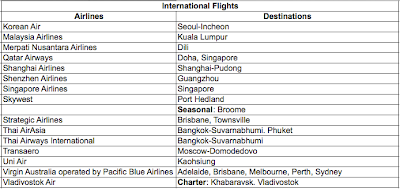- Main Dish
1. Soto Banjar
One of Indonesia's many types of soto (soup), it is the one of the province's specialties. Soto Banjar is composed of shredded chicken and soup spiced with ginger, nutmeg and cloves. It is served with ketupat (Indonesia traditional rica cake), perkedel (potato croquette with beef), boiled egg and white rice. Fried onion is used as garnish.
 |
| Soto Banjar |
2. Sate Banjar
Another specialty of the Banjarese people, it is made of chicken or beef marinated with sauce made of chili, garlic and palm sugar and sweet soybean sauce. It is then skewered and grilled on a traditional charcoal fire. Served with rice or lontong (traditional tube-shaped rice cake).
 |
| Sate Banjar |
3. Ketupat Kandangan
This dish uses ketupat (traditional diamond-shaped rice cake) and unlike other ketupat-based dishes, ketupat Kandangan is served with haruan fish soup. The fish is first marinated with tamarind, lime and salt, then grilled. After that it is boiled in a mixture of coconut milk and spices such as onion and garlic. The soup is then poured on top of the ketupat.
 |
| Ketupat Kandangan |
- Beverages
1. Es Kelapa Muda Jahe
Just like its name, the drink is made of es kelapa muda (ice coconut) and jahe (ginger). It served just like normal es kelapa muda in big glasses, however mixture of ginger, honey and sugar palm is added. Beside the fact that it is refreshing, it is also a great cure for diseases such as cold, cholesterol, high blood pressure and many others.
 |
| Es Kelapa Muda Jahe |



















